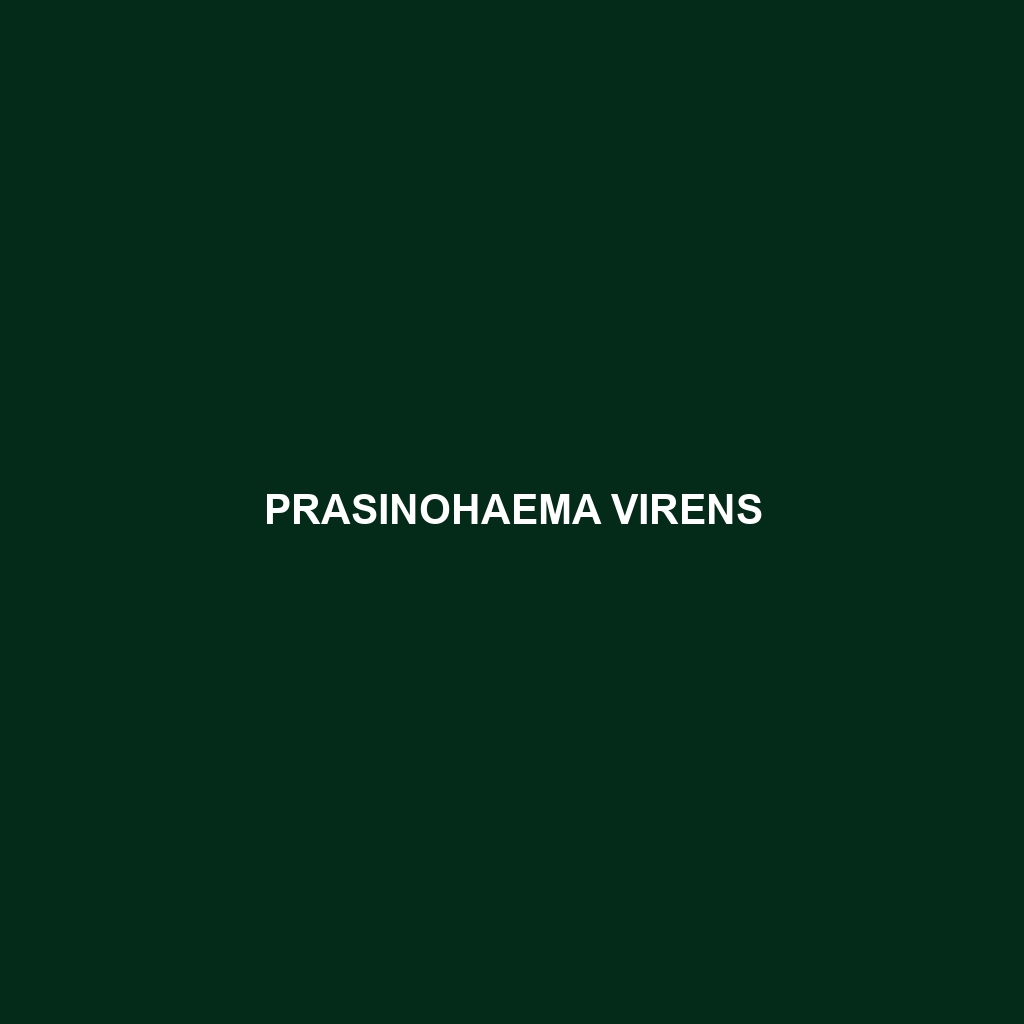<p><b>Prasinohaema virens</b>, commonly known as the green skink, is a vibrant lizard native to the rainforests of New Guinea, characterized by its striking green coloration and arboreal lifestyle. This insectivorous species plays a crucial role in its ecosystem by controlling insect populations and serving as prey for larger predators.</p>
Tag: lizard population threats
Prasinohaema virens
<p><b>Prasinohaema virens</b>, commonly known as the green skink, is a vibrant lizard native to the rainforests of New Guinea, characterized by its striking green coloration and arboreal lifestyle. This insectivorous species plays a crucial role in its ecosystem by controlling insect populations and serving as prey for larger predators.</p>
Phrynosoma braconnieri
<b>Braconnier’s Horned Lizard</b> (<i>Phrynosoma braconnieri</i>) is a small, desert-dwelling lizard, measuring 3 to 5 inches, recognized for its distinctive horn-like projections and exceptional camouflage. Found in arid regions of the southwestern U.S. and parts of Northern Mexico, it plays a vital ecological role by controlling insect populations and serving as prey for larger predators.
Liolaemus wiegmannii
Discover the captivating Liolaemus wiegmannii, commonly known as Wiegmann's Lizard, a diurnal insectivore native to the temperate forests and savannas of southern South America. This adaptable species, characterized by its distinctive coloration and burrowing behaviors, plays a vital role in maintaining ecological balance by controlling insect populations while serving as prey for larger predators.
Calotes versicolor
<p>Discover the <i>Calotes versicolor</i>, or Oriental garden lizard, known for its remarkable color-changing ability and adaptability to various habitats across South and Southeast Asia. Measuring 20-25 cm in length, this insectivorous lizard plays a crucial role in maintaining ecological balance by controlling insect populations.</p>




